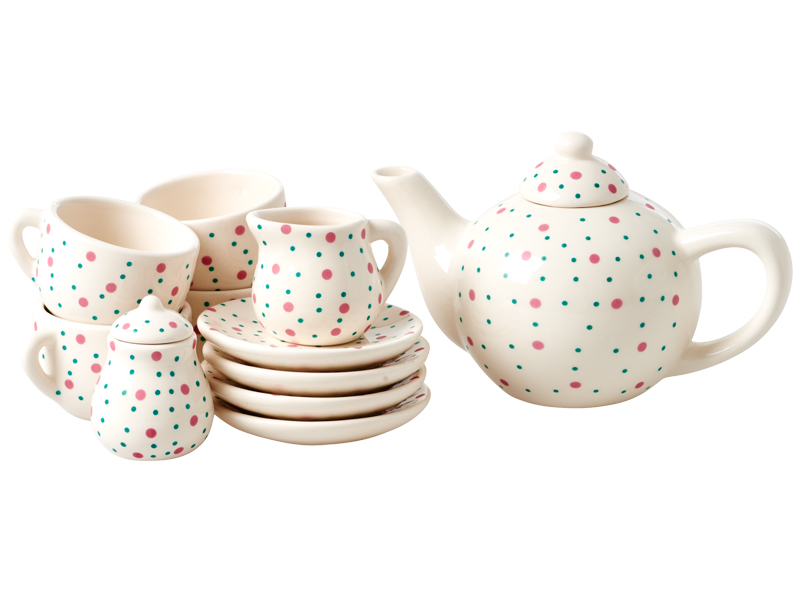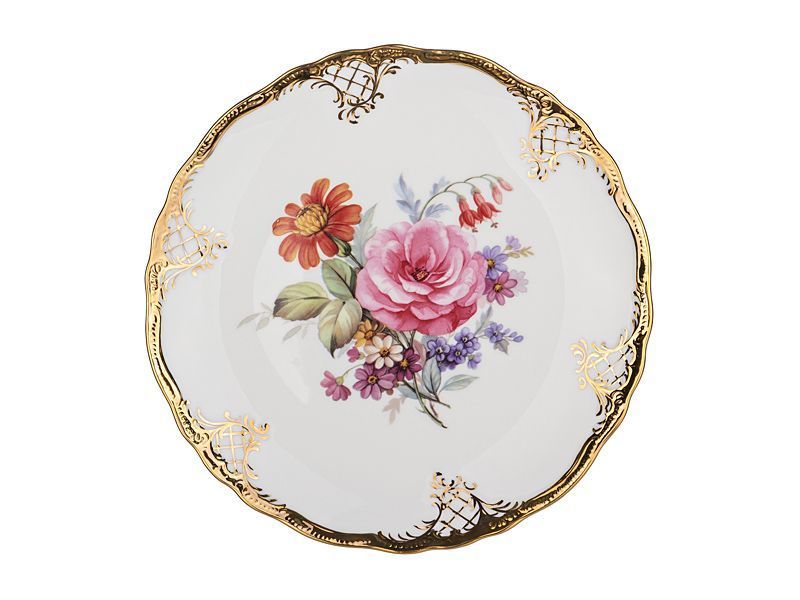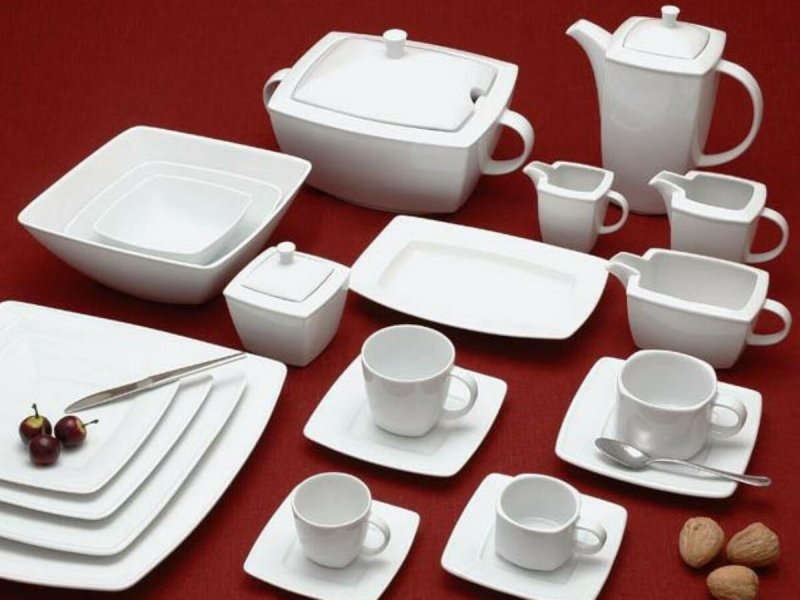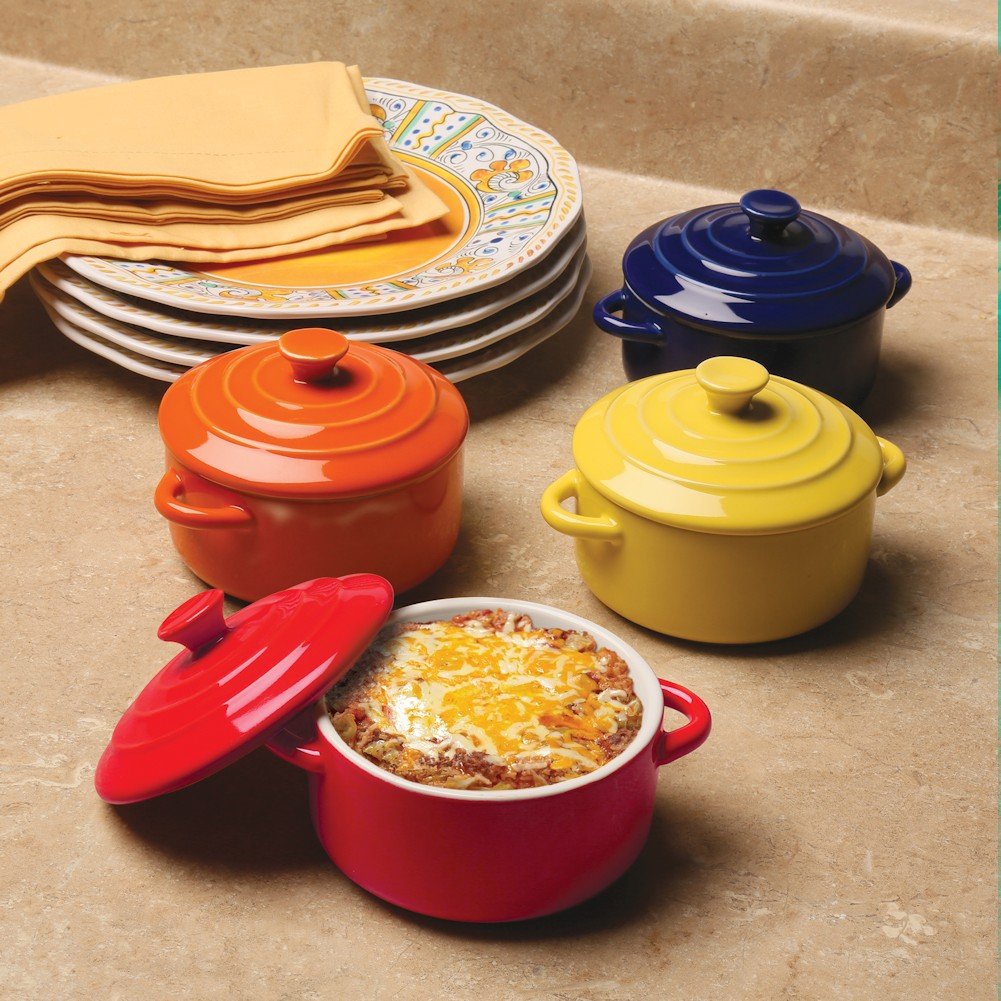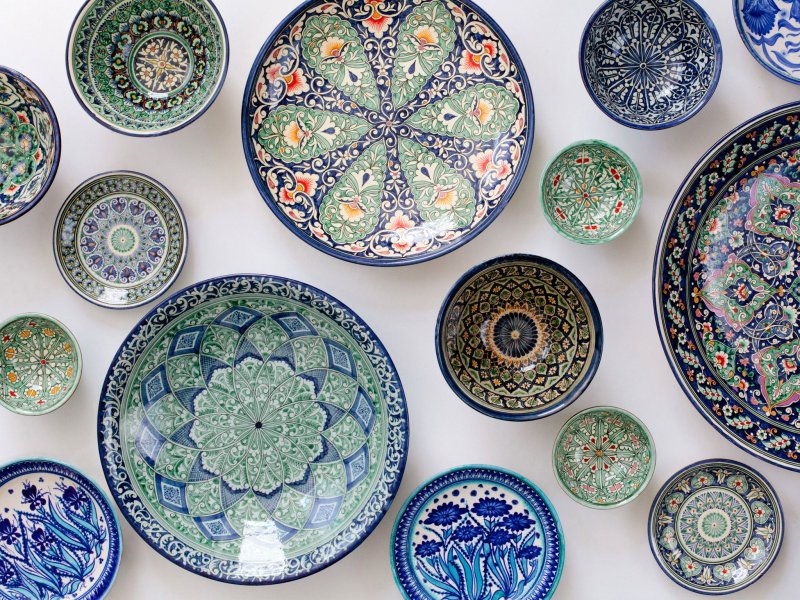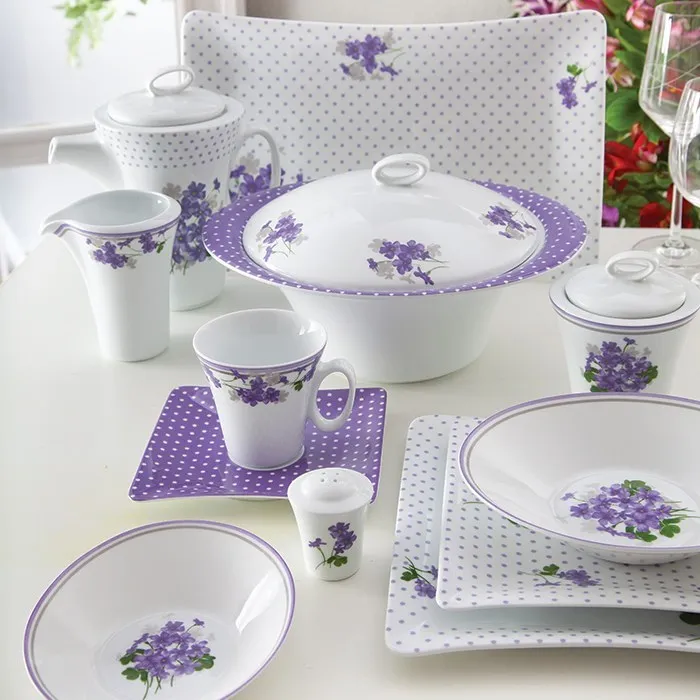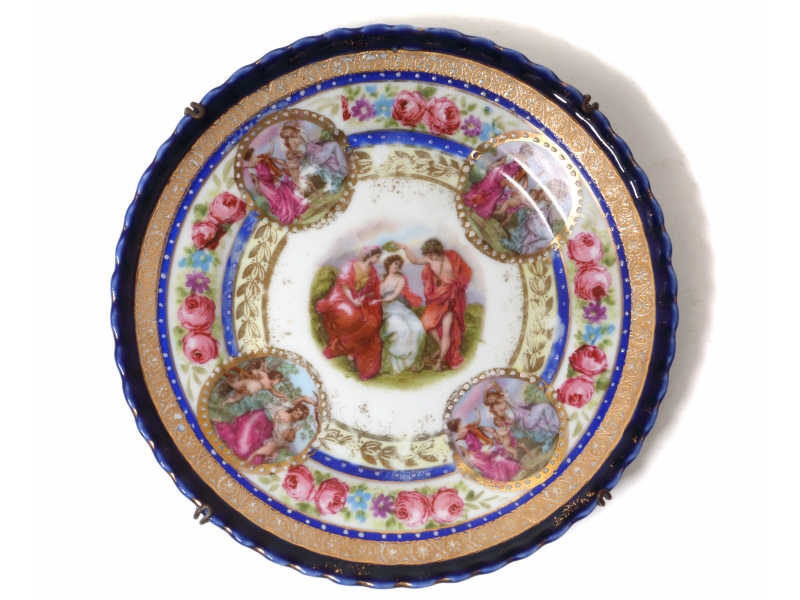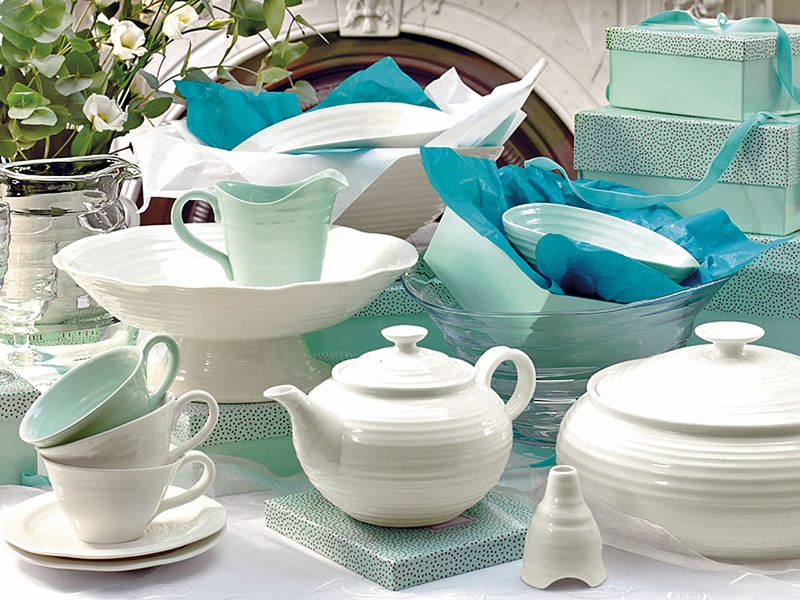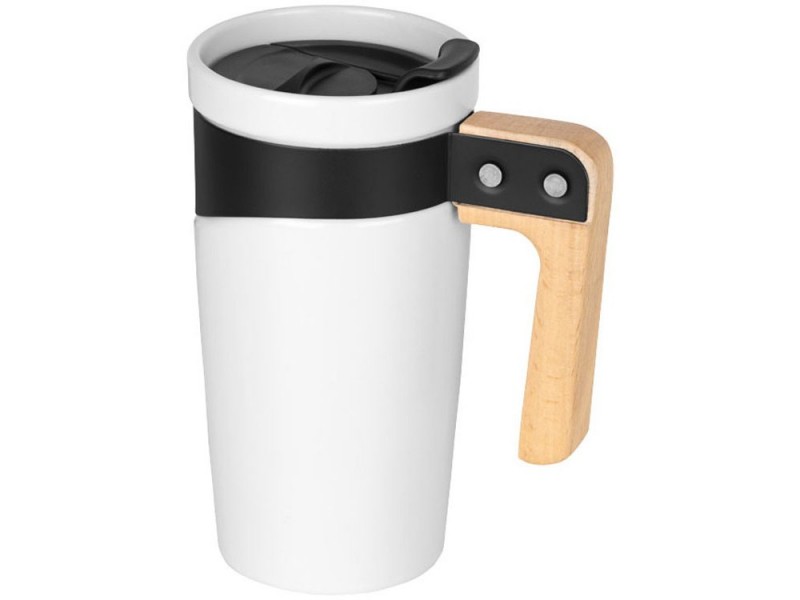A Perfect Harmony of Elegance and Functionality
Introduction:
Ceramic tea cups have long been a beloved vessel in tea drinking culture. Their timeless elegance, versatility, and excellent heat retention properties make them a popular choice among tea enthusiasts worldwide. In this article, we will delve into the history, manufacturing process, benefits, and key factors to consider when purchasing ceramic tea cups. Whether you are a tea aficionado or simply appreciate the art of serving tea, ceramic tea cups are an essential addition to your collection.
1. Historical Significance of Ceramic Tea Cups:
Ceramic tea cups have played a vital role in tea ceremonies across different cultures for centuries. The Chinese Yixing teacups, Japanese Chawan, and British fine bone china tea cups each have their unique characteristics and cultural significance. Exploring the rich history and symbolism behind these teacups can enhance our appreciation for this timeless beverage and its utensils.
2. Manufacturing Process:
The creation of ceramic tea cups involves a meticulous process that requires both skill and creativity. This section will delve into the various stages, including clay selection, shaping, drying, glazing, firing, and decorating. Understanding the craftsmanship that goes into each cup allows us to appreciate the attention to detail and the labor-intensive nature of the manufacturing process.
3. Benefits of Ceramic Tea Cups:
Ceramic tea cups provide numerous advantages that make them a preferred choice for tea connoisseurs. Some of the key benefits include:
a) Heat Retention: Ceramic cups retain heat exceptionally well, allowing you to savor your tea at the perfect temperature for a longer duration.
b) Durability: Ceramic is known for its durability, making these tea cups resistant to chipping and breaking, ensuring a longer lifespan.
c) Versatility: Ceramic cups can be found in a variety of sizes, shapes, and designs, allowing you to choose one that suits your style and preferences.
d) Taste Enhancement: Ceramic cups are non-reactive to the tea’s flavors, preserving the authentic taste and aromas of the beverage.
4. Key Considerations when Purchasing Ceramic Tea Cups:
When selecting ceramic tea cups, several factors should be taken into account to ensure a satisfying tea-drinking experience. These considerations include:
a) Size and Capacity: Choose a cup that accommodates the desired amount of tea while considering the thickness of the walls for heat insulation.
b) Handle or Handleless: Decide whether you prefer a cup with a comfortable handle or a handleless design, which is more commonly seen in traditional tea ceremonies.
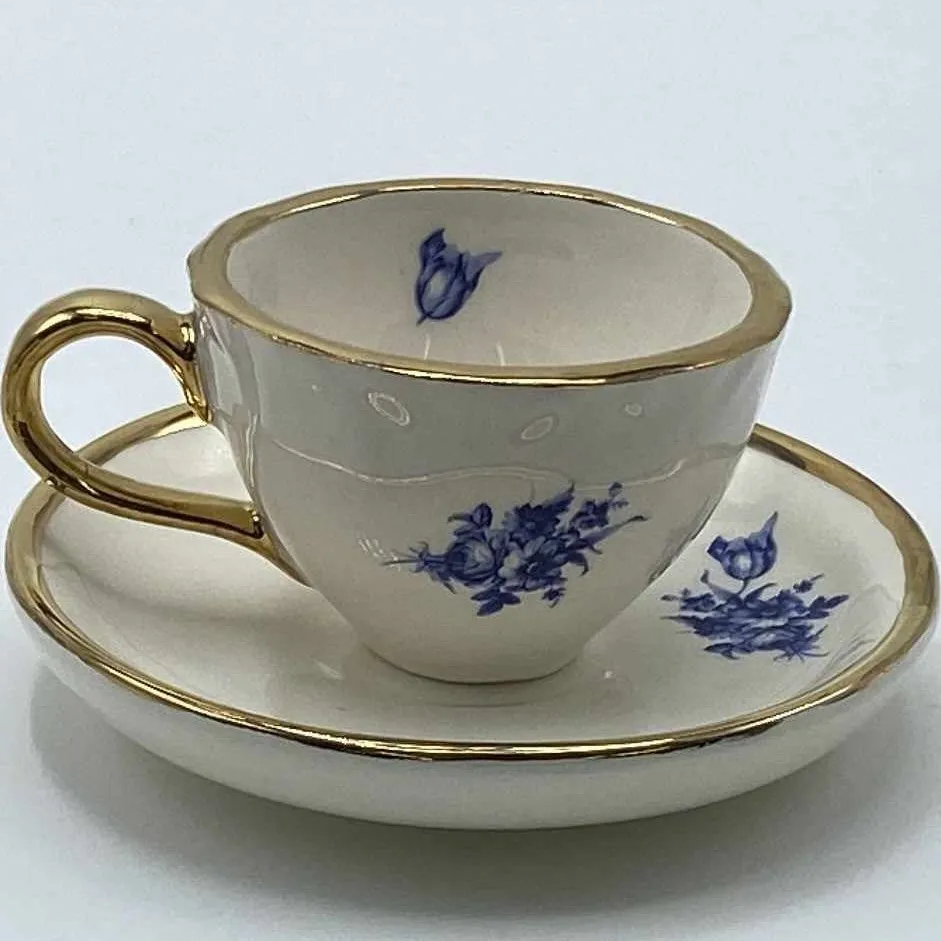
c) Aesthetics: Consider the visual appeal of the cup, including color, design, and patterns, as they contribute to the overall tea drinking experience.
d) Ergonomics: Assess the cup’s shape and lip design for comfortable sipping and ease of handling.
5. Care and Maintenance:
Proper care and maintenance are crucial to prolonging the life of ceramic tea cups. Tips for cleaning and storing ceramic cups to preserve their beauty and functionality will be discussed in this section. Additionally, it will touch upon common mistakes to avoid that could potentially damage these pieces of art.
6. Contemporary Trends in Ceramic Tea Cups:
The ever-evolving world of ceramics has seen designers pushing boundaries, exploring new forms, patterns, and techniques. From hand-painted designs to modern interpretations, this section highlights current trends that are revolutionizing ceramic tea cup aesthetics.
7. Cultural Significance:
Tea has deep-rooted cultural significance in various parts of the world, and ceramic tea cups embody the essence of these cultures. We will explore how different regions have their unique tea rituals, as well as the role ceramic tea cups play in enhancing these traditions.
Conclusion:
Ceramic tea cups have stood the test of time due to their combination of elegance, functionality, and durability. The blend of artistry and practicality involved in their manufacturing process creates vessels that enhance the tea-drinking experience. By understanding the historical significance, manufacturing process, benefits, and key considerations when purchasing ceramic tea cups, we can fully appreciate the craftsmanship and cultural importance of these timeless pieces. So, bring out your favorite ceramic tea cup, brew a fragrant cup of tea, and savor the harmonious balance of taste and aesthetics that ceramic tea cups offer.I. The Rising Demand for Ceramic Tea Cups in the Market
Ceramic tea cups have witnessed a surge in demand in recent years, driven by the growing popularity of tea consumption and the increasing interest in artisanal and handmade products. The market for ceramic tea cups has expanded, offering a wide range of options to cater to various consumer preferences and styles.
A. Artisanal Craftsmanship
Consumers are increasingly seeking unique and handmade products that showcase the skills and creativity of artisans. Ceramic tea cups, with their intricate designs and attention to detail, exemplify this trend. Artists and potters are incorporating various techniques such as hand-painting, etching, and pottery wheel shaping to create one-of-a-kind tea cups that stand out in the market.
B. Sustainability and Eco-Friendly Choices
With the rise of environmental consciousness, consumers are actively seeking eco-friendly alternatives to plastic and disposable products. Ceramic tea cups provide a sustainable option, as they are made from natural materials and are reusable. The durability of ceramic cups ensures longevity, reducing waste and promoting a more sustainable lifestyle.
C. Health and Wellness Benefits
The health benefits associated with tea consumption have received significant attention in recent years, driving the demand for tea and related utensils. Ceramic tea cups offer health advantages by being free from harmful chemicals and toxins commonly found in plastic or metal containers. Additionally, ceramic’s heat retention properties allow tea to steep and retain its flavors, maximizing the potential health benefits.

II. Leveraging the Online Marketplace for Ceramic Tea Cups
The advent of e-commerce has revolutionized the way consumers shop, providing a platform for businesses to reach a wider audience. Online marketplaces have proven to be an effective channel for both traditional and contemporary ceramic tea cup makers to showcase and sell their products.
A. Global Reach
Online platforms enable tea cup manufacturers to connect with customers from around the world. They can now display their products to a much broader audience, transcending geographical boundaries. This global reach opens up new opportunities for niche ceramic tea cup makers and enables them to gain recognition and expand their businesses.
B. Enhanced Customer Engagement
The online marketplace allows for direct communication between sellers and customers, fostering engagement and building relationships. Tea cup makers can engage with customers through social media, e-mail newsletters, and product feedback to understand their preferences and improve their offerings. Online sales platforms also provide valuable customer insights through data analytics, enabling businesses to tailor their marketing strategies and product development efforts.
C. Seamless Transactions and Secure Payments
Online marketplaces provide a secure and convenient platform for customers to safely purchase ceramic tea cups. With secure payment gateways, customers can confidently complete transactions, knowing that their financial information is protected. The ease of online shopping enhances the overall customer experience and promotes repeat business.
III. Establishing a Niche Brand Identity in the Ceramic Tea Cup Industry
In a competitive market, building a distinctive brand identity is crucial for ceramic tea cup businesses. Establishing a unique brand presence helps companies differentiate themselves from competitors and attract a loyal customer base.
A. Design Aesthetics
Creating a strong brand identity begins with developing a unique design aesthetic for ceramic tea cups. This could range from minimalist and contemporary designs to intricate and traditional motifs. Consistency in design language across product lines helps customers recognize and associate with a particular brand, cultivating brand loyalty.
B. Quality and Craftsmanship
Emphasizing the superior quality and craftsmanship of ceramic tea cups is integral to building a reputable brand in the industry. Meticulous attention to detail, an unwavering commitment to delivering flawless products, and using high-quality materials contribute to establishing a brand’s reputation for excellence and reliability.
C. Storytelling and Brand Narrative
Telling a compelling brand story and narrative helps forge an emotional connection with customers. Sharing the history, inspiration, and skilled artisans behind the creation of ceramic tea cups adds value and authenticity to the brand. It allows customers to appreciate the craftsmanship and cultural significance associated with each cup, leveraging storytelling as a powerful marketing tool.
IV. Collaborations and Partnerships to Expand Market Reach
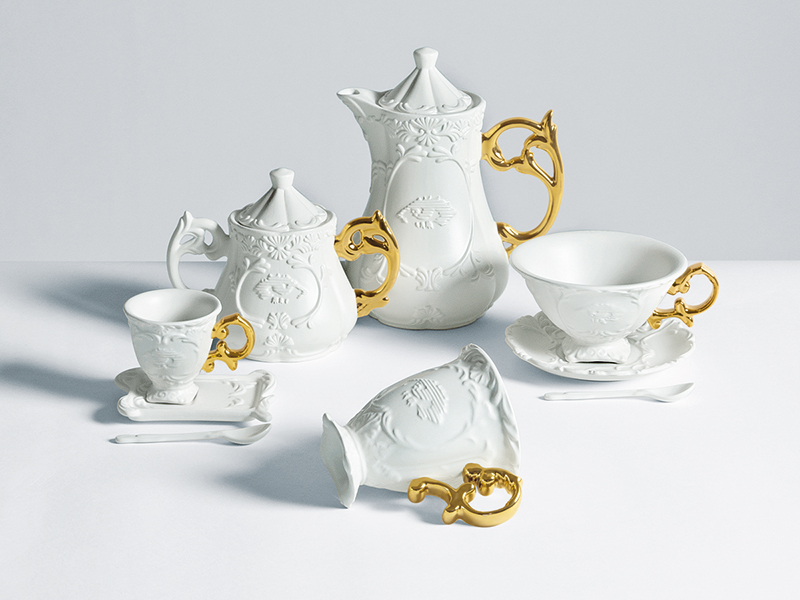
Collaborating with other brands, complementary businesses, or influencers can help ceramic tea cup manufacturers reach new markets and tap into a broader customer base.
A. Tea Brands and Specialty Retailers
Partnering with tea brands and specialty retailers creates opportunities for joint marketing campaigns and cross-promotion. Tea brands can showcase their teas using the ceramic tea cups, and retailers can display and sell the cups alongside their tea offerings. This mutually beneficial collaboration exposes both parties to new audiences, driving sales and brand recognition.
B. Interior Designers & Home Decor Retailers
Ceramic tea cups are not just functional utensils; they also serve as aesthetically pleasing home decor pieces. Collaborating with interior designers and home decor retailers opens doors to new markets where ceramic tea cups can be positioned as both functional and decorative items. Showcasing the cups alongside home decor collections helps customers envision them as statement pieces in their living spaces, increasing their desirability.
C. Influencer Collaborations and Brand Advocacy
Partnering with influencers and brand ambassadors who align with the values and aesthetics of ceramic tea cups can greatly enhance brand visibility. These collaborations can take the form of product reviews, social media endorsements, or co-creation of limited edition tea cup collections. Influencers’ engagement and support can significantly impact brand reach and credibility, driving sales and generating buzz around the products.
V. The Future of Ceramic Tea Cups: Embracing Innovation and Sustainability
While ceramic tea cups have a rich historical legacy, embracing innovation and sustainability is crucial for their continued relevance in a rapidly evolving market landscape.
A. Material Innovations: Lightweight and Eco-Friendly Options
Advancements in ceramic materials research aim to develop lightweight and eco-friendly alternatives that retain the charm and functionality of traditional ceramic tea cups. By exploring materials such as biodegradable ceramics and recyclable clays, manufacturers can reduce their environmental footprint and cater to the demand for sustainable products.
B. Collaboration with Design and Technology Experts
To stay at the forefront of design and technology trends, ceramic tea cup manufacturers can collaborate with experts in design, materials science, and technology. This collaboration can help introduce innovative designs, incorporate functional features like heat-retaining coatings, or leverage digital technologies for personalized customization.
C. Sustainable Manufacturing Practices
As consumer demand for sustainability grows, ceramic tea cup manufacturers can adopt green manufacturing practices. This includes reducing energy consumption, implementing waste reduction strategies, and incorporating recycled materials into the production process. By aligning their manufacturing processes with sustainable values, businesses can attract environmentally conscious customers and contribute to a greener future.
Conclusion
Ceramic tea cups have transcended their traditional role as functional vessels and have become symbols of elegance, craftsmanship, and cultural heritage. As the market for ceramic tea cups continues to expand, businesses must understand and capitalize on key trends, such as the growing demand for artisanal products, the rise of online marketplaces, and the importance of establishing a unique brand identity. Collaborations and partnerships provide opportunities for market expansion, while embracing innovation and sustainability ensures that ceramic tea cups remain relevant in a changing world. By recognizing and adapting to these factors, businesses in the ceramic tea cup industry can thrive and continue to delight tea enthusiasts around the globe.
